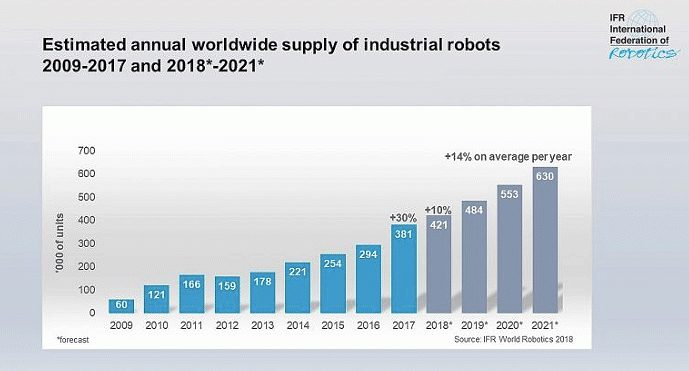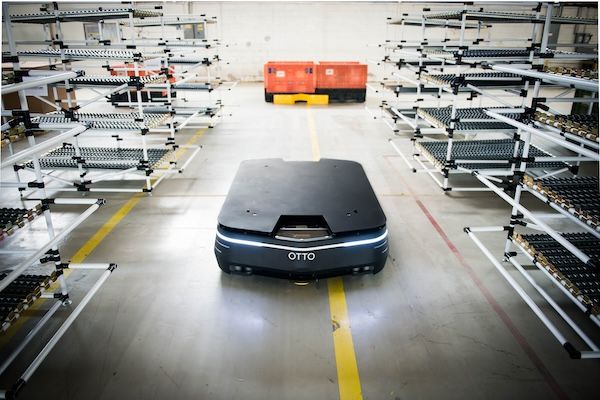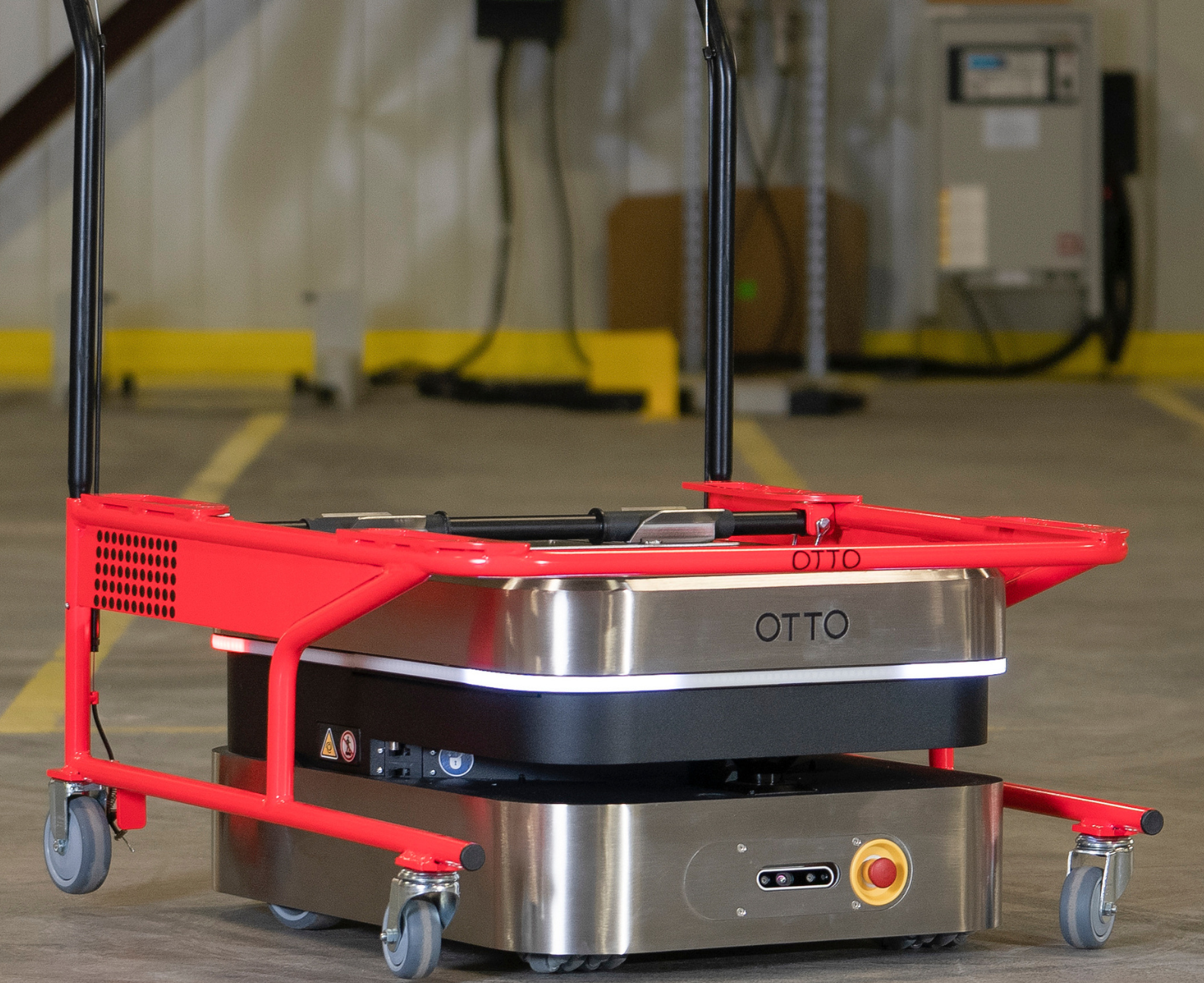Blog
North American robot shipments grow beyond auto industry, RIA says

Originally posted on Robotics Business Review on February 28th, 2019.
While automotive companies continue to purchase robots, there’s more evidence of growth occurring in markets beyond that traditional market. According to new statistics by the Robotic Industries Association (RIA), robot shipments to North American companies grew 7% in 2018 compared to the previous year, with a 41% increase in shipments to non-automotive companies.
The RIA, which is part of the Association for Advancing Automation (A3), said 35,880 units were shipped in 2018, with 16,702 of those shipments being sent to non-automotive firms. Growth in shipments came in areas such as food and consumer goods (48% growth), plastics and rubber (37%), life sciences (31%), and electronics (22%).
Robot shipments decrease in auto industry
Meanwhile, shipments to auto industry companies slowed, with only 19,178 units shipped to North American automotive OEM and tier supplier customers in 2018, the RIA said, representing a 12% decrease compared to the 21,732 units shipped in 2017. Overall, the auto industry accounted for only 53% of total robot shipments in North America last year, its lowest percentage share since 2010.

Chart 1: While robot shipments in the auto industry decrease, shipments of industrial robots have been on the rise since 2009.
While the automotive industry has always led the way in implementing robotics here in North America, we are quite pleased to see other industries continuing to realize the benefits of automation. And as we’ve heard from our members and at shows such as Automate, these sales and shipments aren’t just too large, multinational companies anymore. Small and medium-sized companies are using robots to solve real-world challenges, which is helping them be more competitive on a global scale.
Jeff Burnstein
President, A3
The association’s Automate 2019, scheduled for April 8-11 in Chicago (co-located with the ProMAT materials handling/logistics show), will explore how automation such as robotics “will secure a company’s success in a technologically fast-paced world that is rapidly shifting the dynamic of today’s manufacturing.”
Similar trends in new markets for robots have been noted in recent months. IDC recently predicted a $53 billion market of commercial robots by 2022, noting a maturing market beyond traditional industrial manufacturing industries. Late last year, the research firm predicted that global spending on robotics systems would total $103.4 billion this year.
In October 2018, the International Federation of Robotics said 381,000 industrial robots shipped globally in 2017, with a 39% increase in sales volume in the service robot sector. In their report, the IFR said catching up to the automotive industry is the electronics industry, where sales of industrial robots increased by 33%, with 32% of the global supply in 2017.







